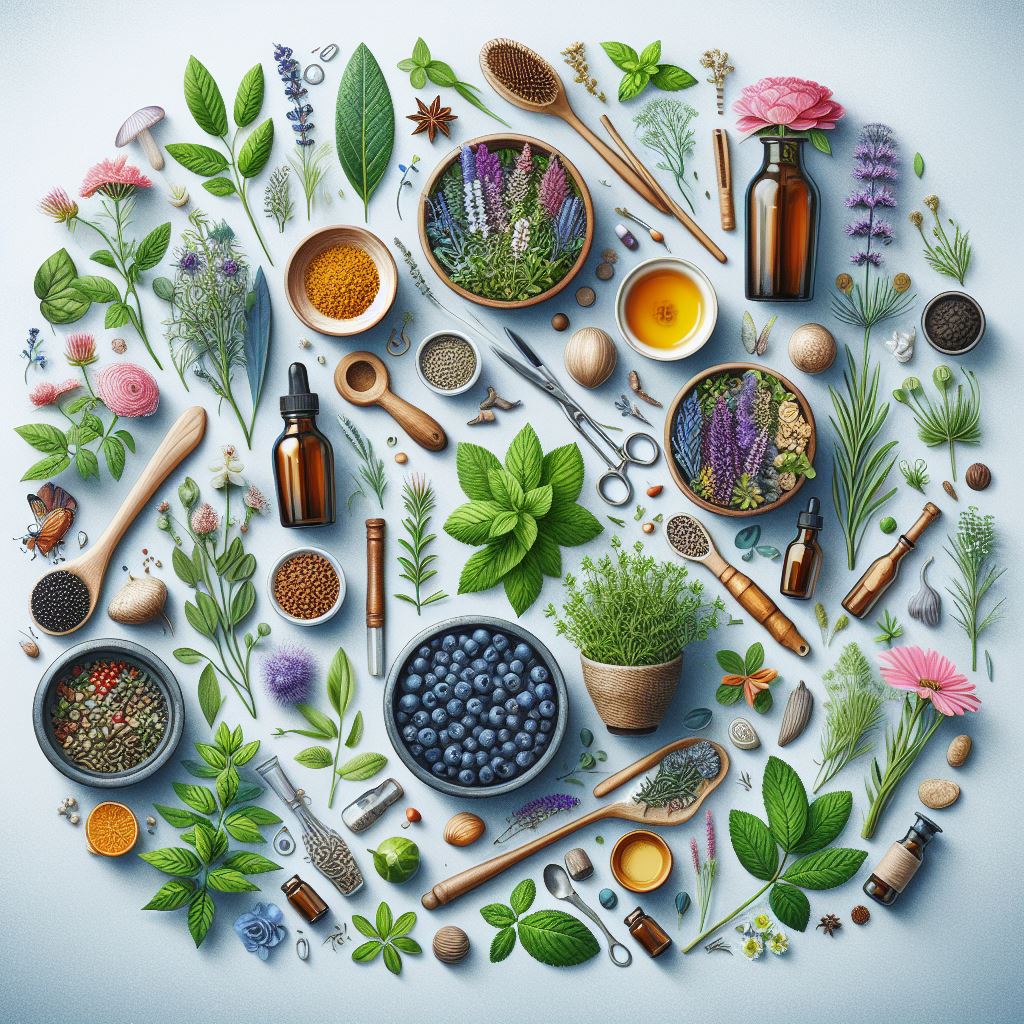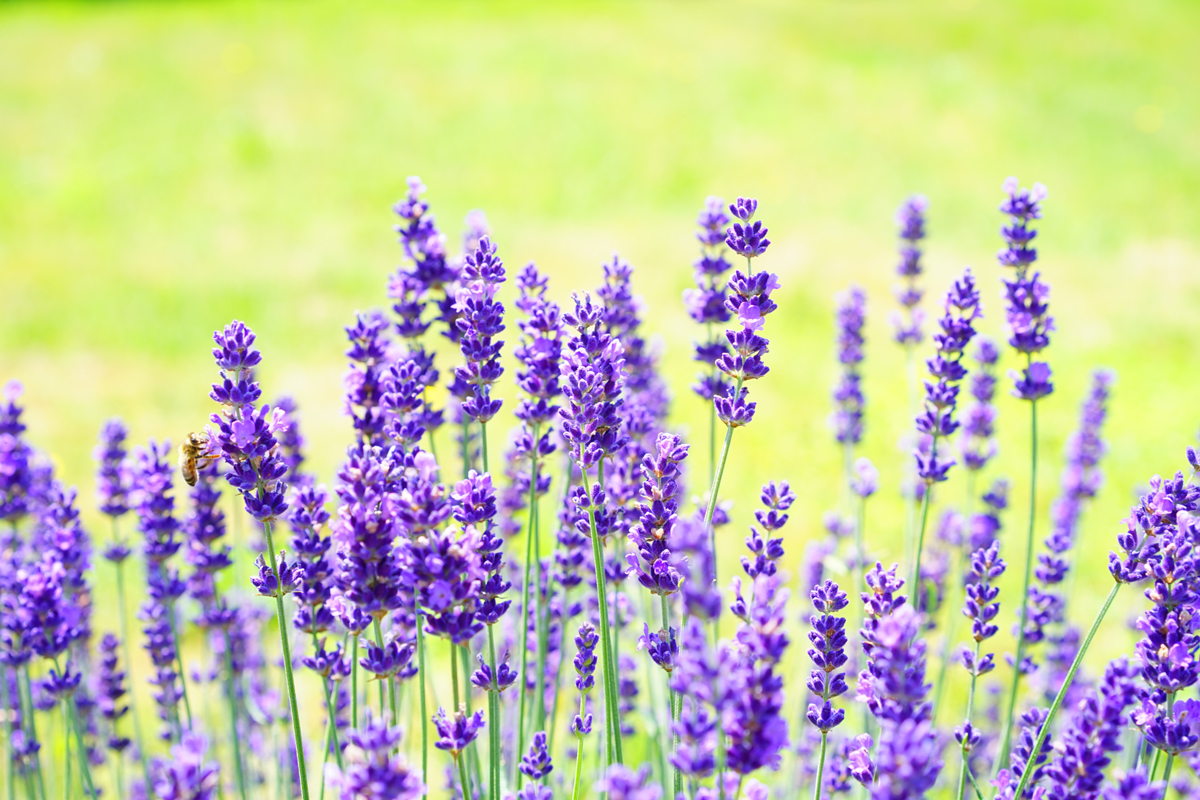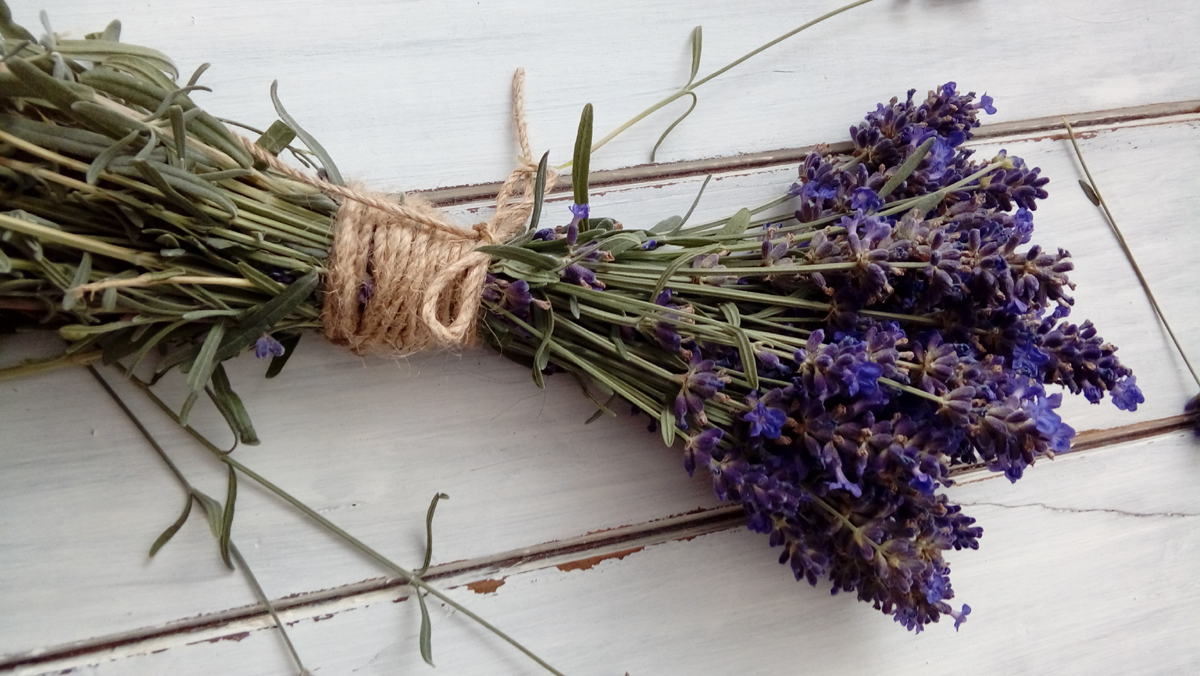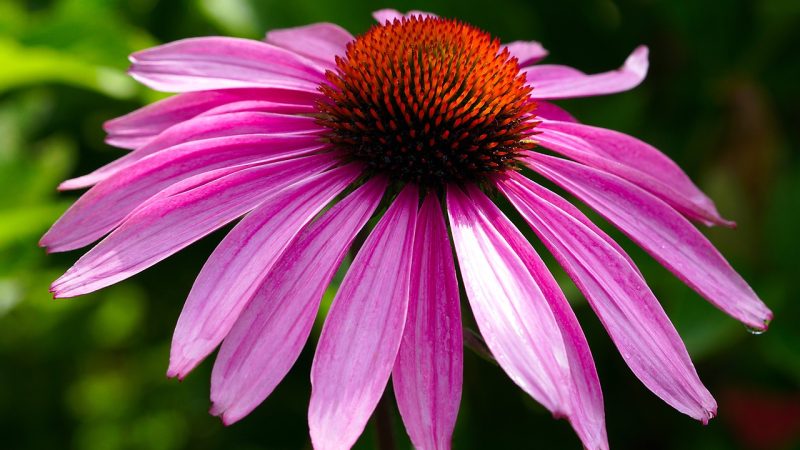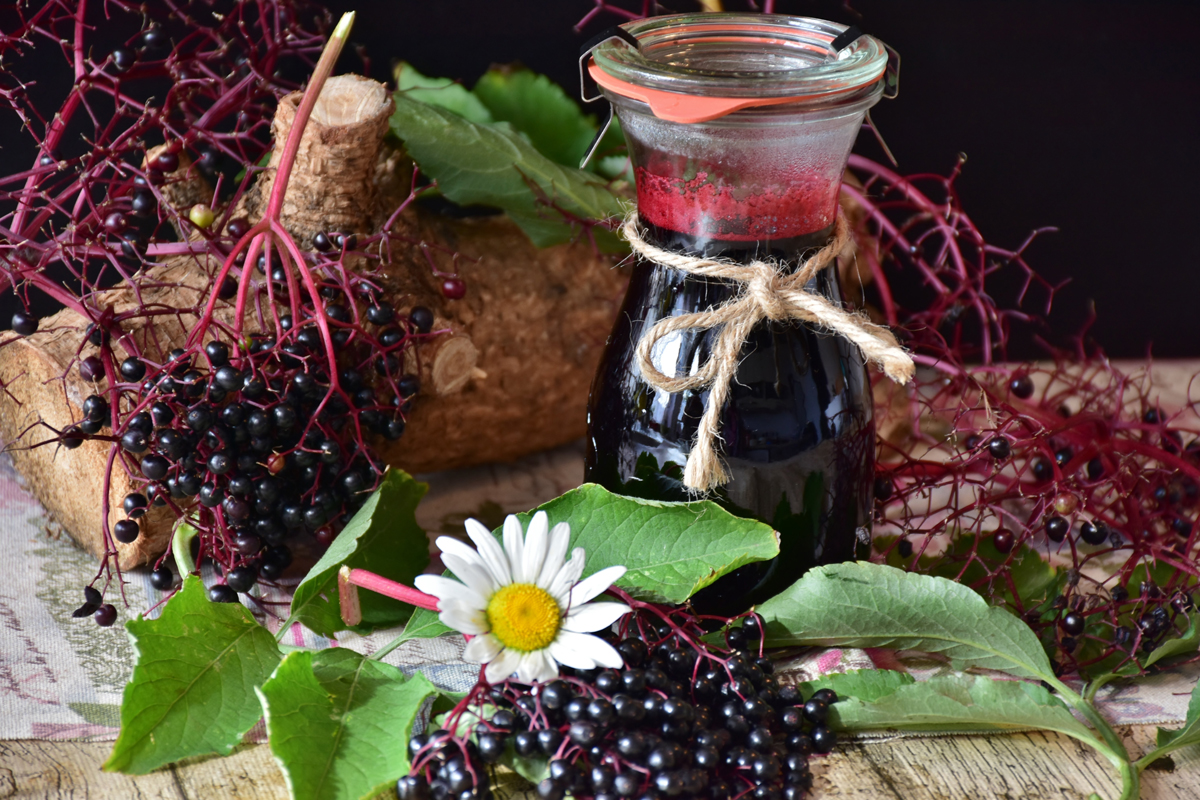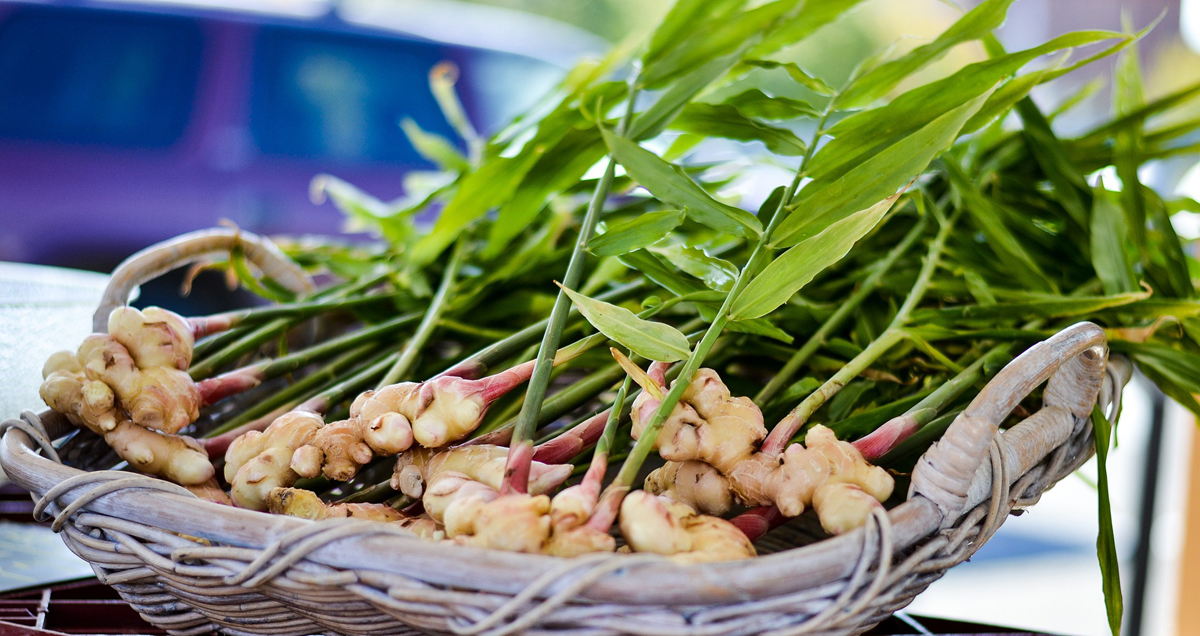Garlic: The Stinking Rose
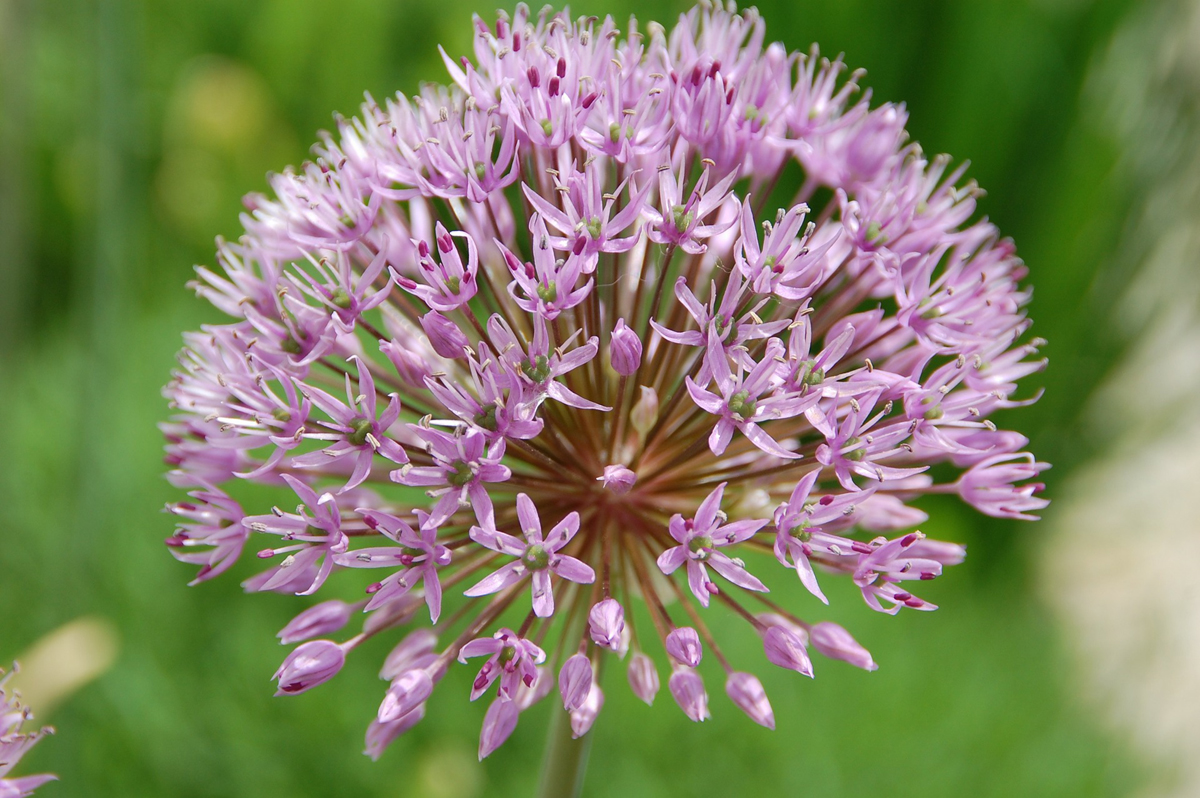
Garlic (Allium sativum) has been used for centuries for both cooking and medicinal purposes. Known as the ‘stinking rose’ and Russian penicillin, its medicinal purposes have been documented for centuries and have always been a popular remedy for colds, coughs, and sore throats.Garlic was used in World War I and World War II to cure many diseases and because it is a potent antiseptic. Garlic is universally known for its health benefits. It is an excellent source of phytochemicals and contains vitamins A, B1 (thiamine), B2 (riboflavin), C, iron, phosphorous, sulphur compounds, and calcium. Medical studies have shown that it lowers blood pressure, reduces cholesterol and hypertension, prevents some cancerous tumors, protects against bacterial and fungal infections, and is good for the blood and heart. It is useful as an expectorant in respiratory ailments, eliminates toxic metals, and supports the immune system. Garlic may prove to be useful for diabetics, as it seems to regulate blood sugar levels.
As a culinary spice, the Indians, Egyptians, and Europeans have appreciated garlic for thousands of years, and most notably the Italians and Chinese who have made extensive use of this much-loved plant. There are records of garlic use dating back 3,000 years and botanists believe that garlic probably originated in central Asia thousands of years ago. In North America, early colonists discovered that the First Nations people were using a native species of garlic to treat a variety of medical problems including snakebite and intestinal worms.
Garlic is a moderately hardy herbaceous (herbaceous means a plant that lacks woody tissue and dies to the ground at the end of the growing season) perennial. It grows from 2-3 feet (0.6-1m) tall and has flat, long, pointed green leaves extending from the base. The young leaves grow 2 feet (0.6 m) tall and have a delicate chive-like flavor. Garlic has erect, hollow, green stalks that support pink or whitish flowering clusters or bulbils that appear in mid-summer. The leaves are organized into segments called cloves and may have anywhere from 4-15 cloves in a bulb. Garlic does best in rich, well-drained, highly organic soils, prefers full sun, although it will grow in partial shade. Avoid over-watering or the bulbs will rot. Garlic has white energy for chromotherapy purposes.
Garlic is available throughout the year but it is easy to grow your own. To plant, separate cloves from the head and plant cloves with the pointed end up. Garlic can be planted in early spring or late fall. It is best to plant cloves or bulbils available from nurseries or garden catalogues as store bought garlic is often sprayed with a sprout and root inhibitor that confuses its natural growth cycle. Fall plantings produce the best yields, as garlic needs a long growing period and a cool period below 10° C (50° F) for two months. If over-wintering in zones 3 or 4, plant cloves at least 3 inches (8 cm) deep and mulch with leaves or straw; otherwise plant bulbs 2 inches (5 cm) deep and 6 inches (15 cm) apart. (In the winter, I plant store-bought garlic in pots and snip the leaves to impart a fresh garlic flavor to salads and soups.) Garlic is generally pest and disease free.
Harvest garlic when the leaves die back and begin to turn brown and collapse. Pull up the mature plants and dry in the sun for a week; then trim or braid the stalks and hang the garlic braids in the shade to dry further. To store, keep in a dry, dark place with good air circulation. Garlic will keep for up to 6 months if stored in temperatures no higher than 0° C (32° F). Leaves, bulbs, and bulbils may all be eaten.
In the garden, garlic helps protect plants from fungus and pests. Scientists at New Castle University have shown that a barrier of garlic oil is an effective slug and snail repellent. Planted near roses, it aids in fighting black spot. Garlic spray is used to discourage many insects and combats various blights found on vegetables and flowers. To make garlic spray, mince garlic and add water. Some people add a few drops of vegetable oil to the spray to make it cling to flowers and foliage. Garlic spray is a non-toxic alternative to using harmful chemicals in the garden.
In the kitchen, garlic can be used fresh, dried, or powdered. Fresh is best. To peel, place the garlic cloves on the work surface and whack with the flat edge of a knife. The garlic will crack out of the skin making it easier to peel. You can also put the garlic in boiling water for 30 seconds, drain, and then peel when cool. Crush with the flat edge of a knife and slice or chop as necessary. Garlic can be used to enhance the flavour of seafood, salad dressings, stews, casseroles, vegetables, soups, meat dishes, pasta, vegetables, and poultry. When roasting meat, make slits in the meat, sliver garlic, and stuff into the slits. Roast the meat as usual. Roasting or baking garlic mellows the taste. To eliminate garlic breath, chew the traditional breath fresheners: parsley, fenugreek, or fennel.
The Author:
Gwen Nyhus Stewart, B.S.W., M.G., H.T., is an educator, freelance writer, garden consultant, and author of the book The Healing Garden: A Place Of Peace – Gardening For The Soil, Gardening For The Soul. She owns the website Gwen’s Healing Garden where you will find lots of free information about gardening for the soil and gardening for the soul.
Gwen Nyhus Stewart © 2004 – 2005. All rights reserved.

